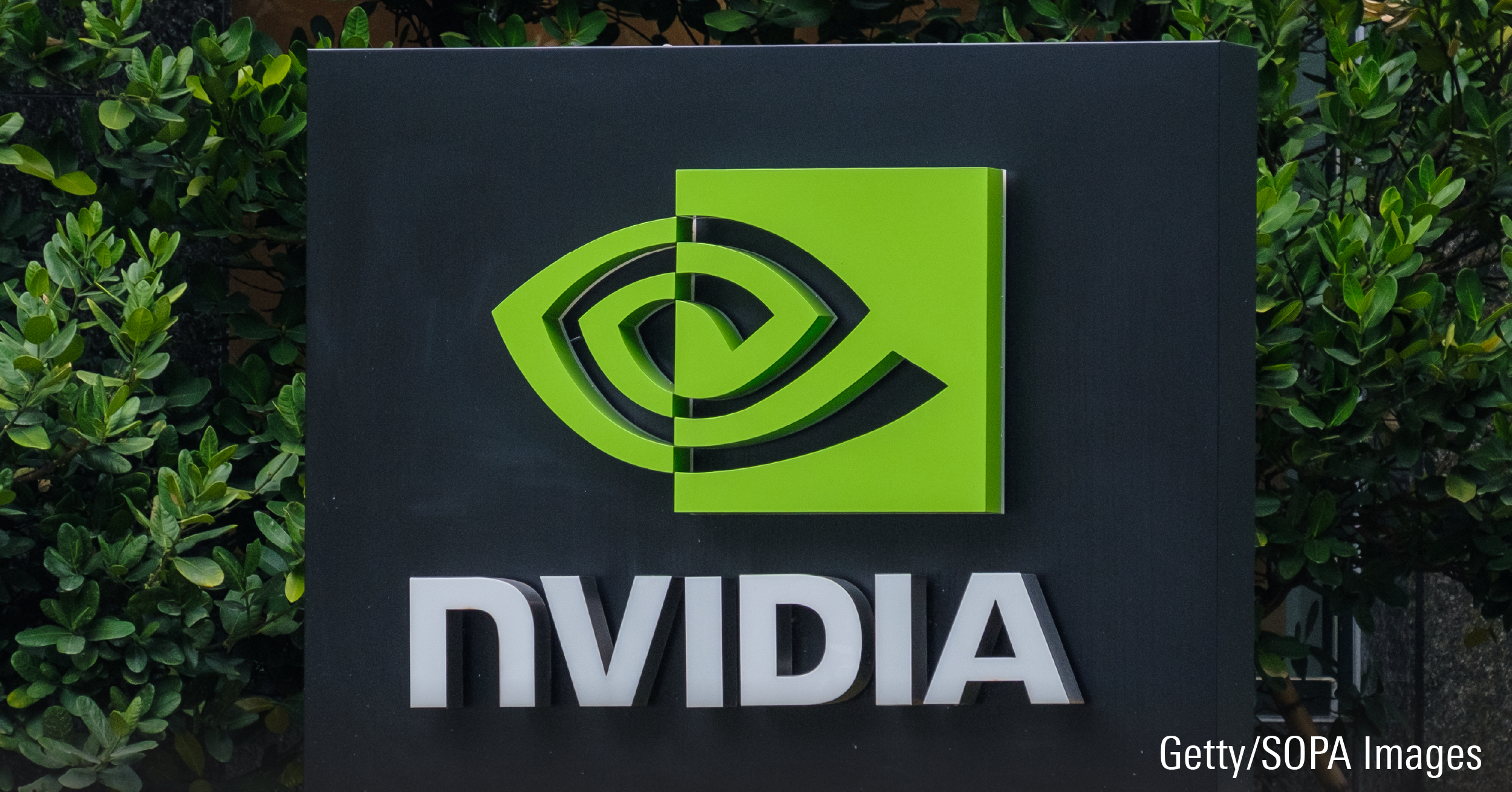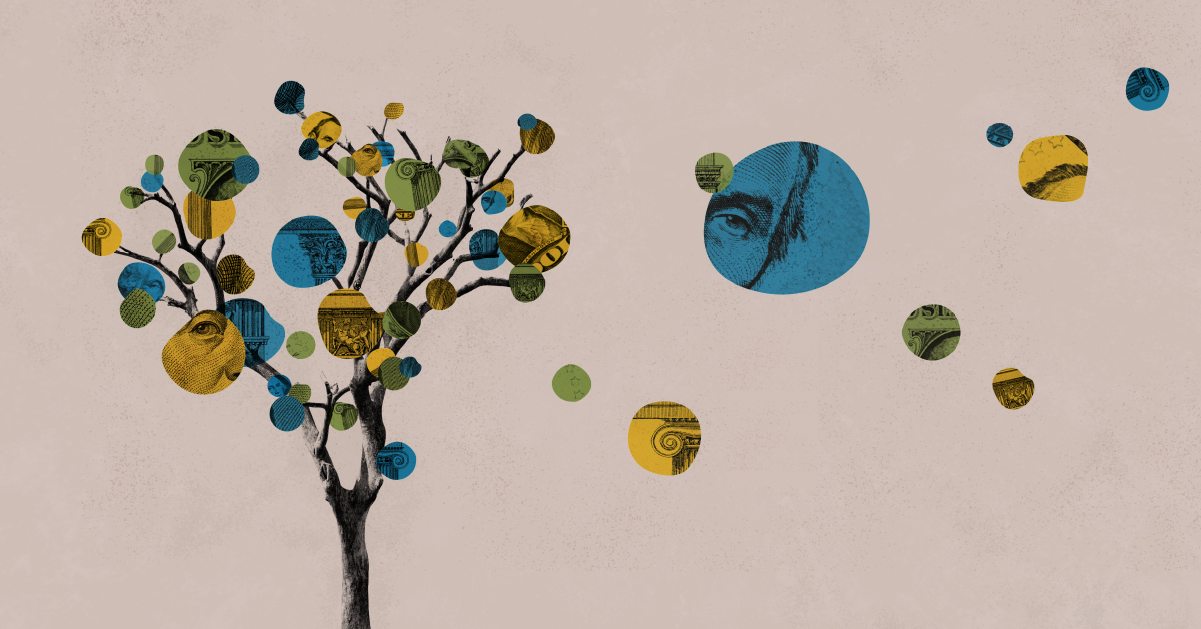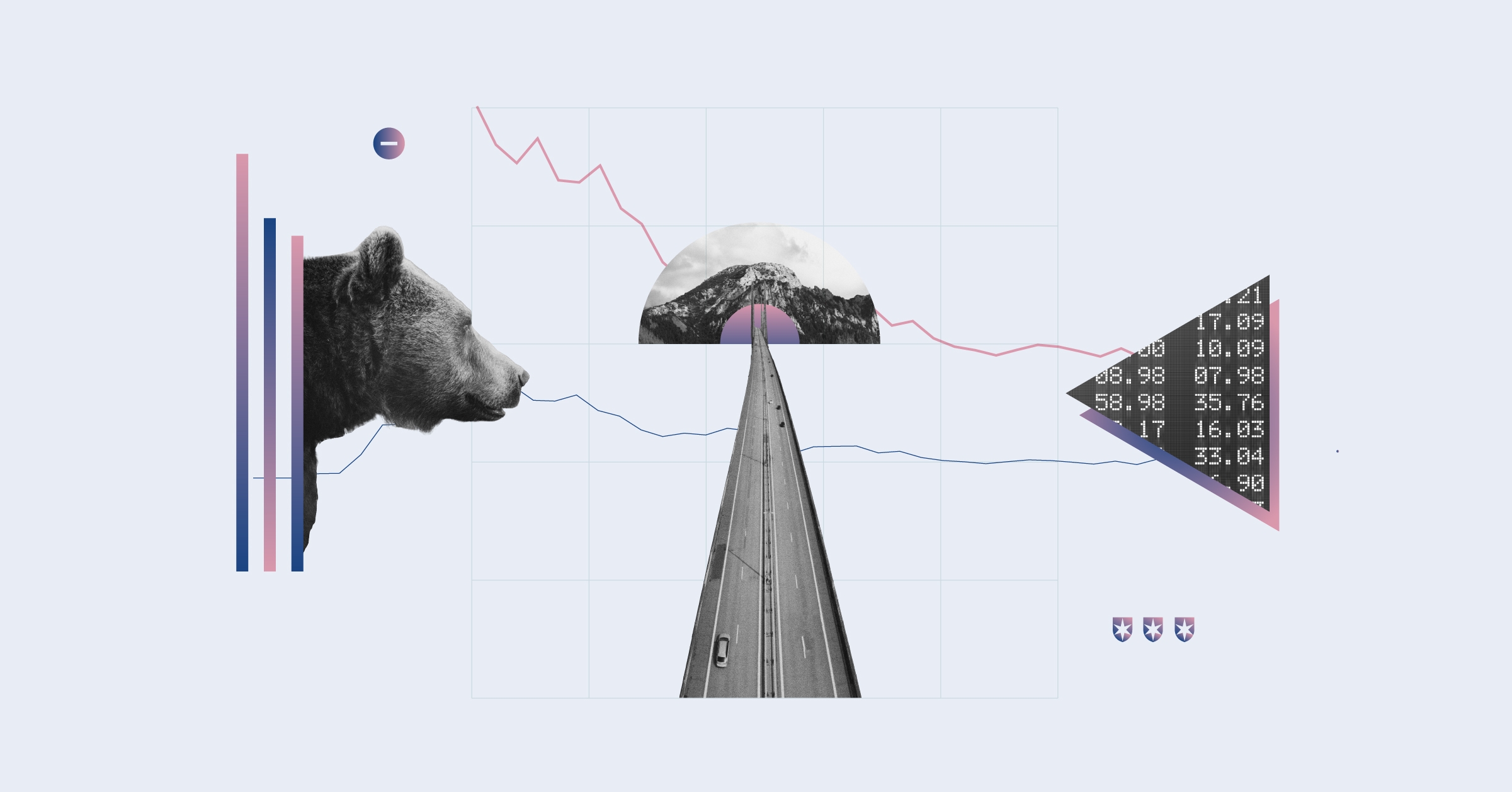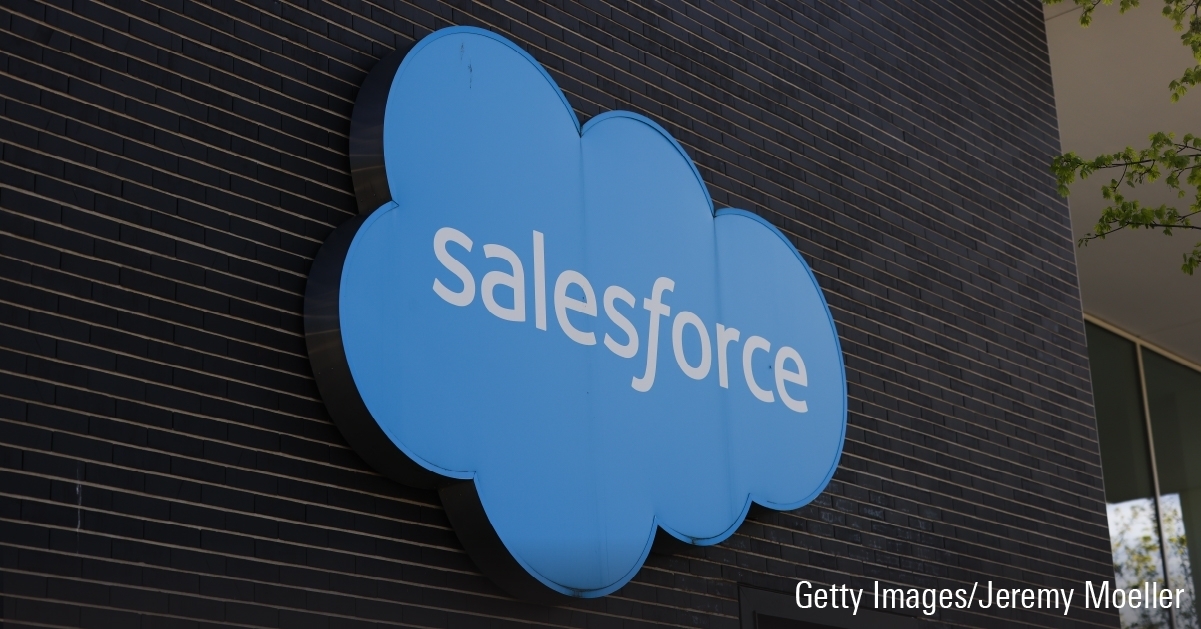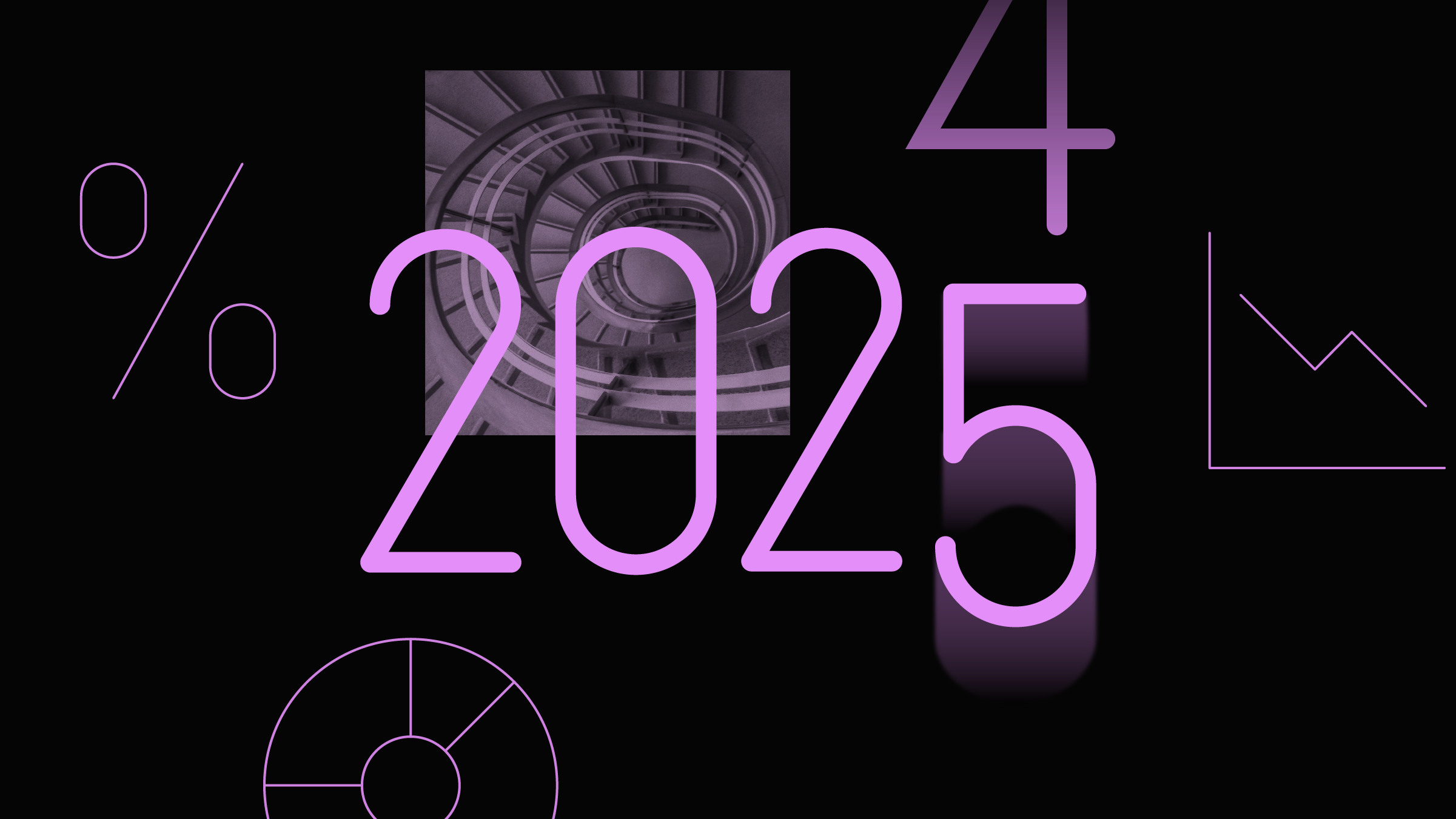
The new year will bring plenty of tailwinds for markets and the economy, but it will also carry risks. Here are six strategists and economists on threats to growth and markets they’ll watch in the new year, from sticky inflation to political uncertainty.
Inflation Reacceleration
“The risk I’ve been thinking more about is inflation,” says Marci McGregor, head of portfolio strategy for the chief investment office at Merrill and Bank of America Private Bank. She says that throughout history, inflationary cycles (like the one in the aftermath of the covid-19 pandemic) tend to have multiple peaks, and there are often long lags between those peaks. That means it wouldn’t be out of the question for inflation to reaccelerate in the months or years ahead.
CPI vs. Core CPI
Source: Bureau of Labor Statistics.
McGregor thinks inflation data over the past few months suggests stalled progress in bringing price pressures back down to the Federal Reserve’s target level. “We need to watch the risk … that inflation starts to reaccelerate,” she says.
That could mean a premature end to the Fed’s interest-rate cuts, or even for it to hike rates again—a shift that could spook investors. McGregor emphasizes that this is not her base case, but a possibility worth paying attention to.
Sticky inflation “really starts to change the narrative in the market,” adds Jim Caron, chief investment officer of the portfolio solutions group at Morgan Stanley Investment Management. “It’s not our base case, but it’s certainly a risk.”
Supply-Side Hiccups
For the past year or two, much of the momentum in the US economy—and the progress on disinflation—is thanks to strength on the supply side of the economic equation, according to Josh Hirt, senior US economist at Vanguard. Productivity in the labor market has been much higher than in the recent past, and a boost in immigration has shored up labor supply. “Those are really important aspects that help to explain how [the economy was] able to grow” while price pressures moderated, he says.
One of the big risks facing the economy next year is that dynamic getting disrupted. For example, under the incoming Trump administration, Hirt says, “We’re going to see tighter policy than over the last few years” concerning immigration.
Geopolitical developments could also disrupt the supply of both goods and workers. “Is there something that happens in the world that renews supply shocks?” asks Steven Wieting, chief economist and chief investment strategist at Citi Wealth. Such events could be tariffs or conflict overseas, like in the Middle East or Ukraine. “We’ve made a lot of progress on normalizing the economy,” Wieting says, “and we don’t want supply and demand mismatch.”
Unforgiving Valuations
A major change in the stock market over the last year has been a steady rise in valuations (the premium investors are willing to pay for a public company’s earnings). By Morningstar’s measure, the US stock market is trading at a roughly 5% premium to its intrinsic value. Before December’s selloff, that premium had been as high as 6.9%. Earlier this year, stocks were trading at a discount.
“Valuations are not as forgiving as they were when we started 2024,” says Seth Meyer, global head of client portfolio management at Janus Henderson Investors. Tighter valuations mean less room to recover when the market hits a speed bump, which means stocks are more vulnerable to pullbacks. This is one reason stocks stumbled after the Fed revised its rate cut forecast for 2025.
“The thing to watch out for in the new year is that we are priced for perfection,” adds Matt Rowe, head of portfolio management and cross-asset strategies at Nomura Capital Management. “Any deviation from perfection is going to result in some pretty heavy negative marks.”
Washington Policy Uncertainty
The biggest question mark for markets and the economy in 2025 is undoubtedly the path for policy in Washington. President-elect Donald Trump campaigned on sweeping changes, including new tariffs, tax cuts, and deregulation, but it’s unclear how those promises will translate into action.
“How [Trump’s] policies are executed will be very important for near-term growth,” says Meyer. While the long-term outlook won’t change as much, he thinks the way Trump implements tariffs or other changes “will have a big impact on the way we think about growth in 2025, which will affect valuations.”
Caron points out that investors also shouldn’t forget about the positive possibilities here: “Most people fixate on the negatives of these risks, but it could be that tariffs aren’t as bad as people think, or that US-China relationships improve more than people think. That can change the narrative for the better. People don’t see that as a risk, but it is a risk if you miss out on it.”
The author or authors do not own shares in any securities mentioned in this article. Find out about Morningstar's editorial policies.





